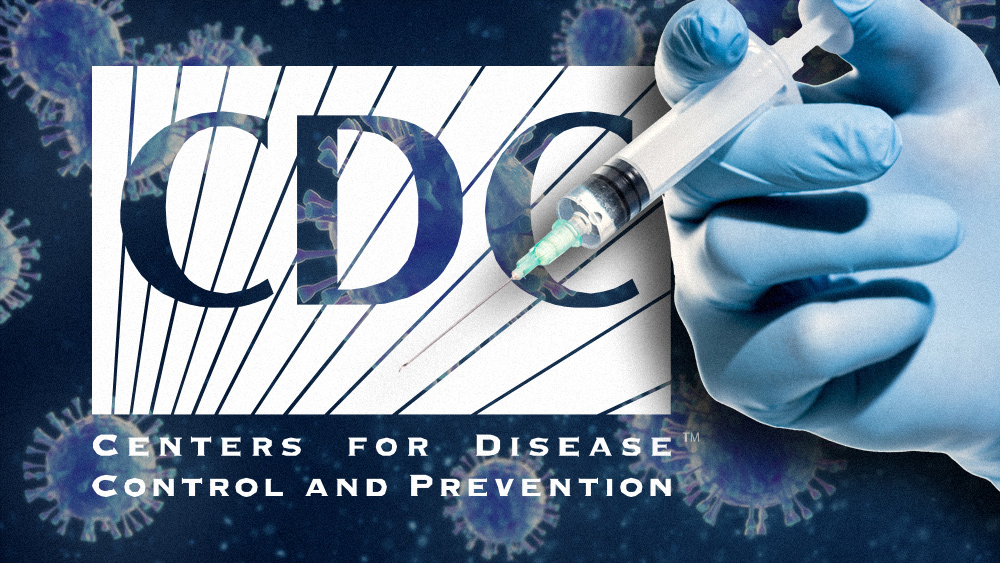Red hair gene may have connection to melanoma and Parkinson’s disease
02/22/2019 / By Vicki Batts

Could the color of your hair also be a sign of potential risk of disease? Recent research has revealed that may just be the case — at least for redheads. Scientists have previously found that the gene variant that produces red hair and fair skin in humans and mice also increases the risk of melanoma — a form of skin cancer. Scientists have now discovered that this same gene may also contribute to a known association between melanoma and Parkinson’s disease.
Parkinson’s disease is a chronic and progressive movement disorder that worsens over time. Approximately one million people in the United States are affected by the condition. Parkinson’s disease is characterized by the malfunction and death of vital nerve cells in the brain, which are called neurons. The most-affected region of the brain is called the “substantia nigra.” Some of the neurons that die off are ones that produce dopamine, which is an essential neurotransmitter that sends messages to the part of the brain that controls movement. As this disease progresses, the amount of dopamine in the brain decreases — as does the patient’s ability to control their movements normally. While the cause of Parkinson’s is unknown, exposure to certain pesticides has also been linked to the disease.
The research team, hailing from Massachusetts’ General Hospital, published their research in the journal Annals of Neurology. They report that their findings indicate that mice carrying the red hair variant of the melanocortin 1 receptor (MC1R) gene exhibit reduced secretion of dopamine in the substantia nigra portion of the brain. In Parkinson’s disease, the dopamine-producing neurotransmitters in this part of the brain are destroyed. The reduction in dopamine production leaves the neurons more susceptible to being damaged by toxins, which in turn can sew the seeds for Parkinson’s disease to set in.
The study’s lead author Xiqun Chen, M.D., Ph.D., of the MassGeneral Institute for Neurodegenerative Disease (MGH-MIND), explains, “This study is the first to show direct influences of the melanoma-linked MC1R gene on dopaminergic neurons in the brain and may provide evidence for targeting MC1R as a novel therapeutic strategy for [Parkinson’s disease].”
“It also forms a foundation for further interdisciplinary investigations into the dual role of this gene in tumorigenesis within melanocytes – the pigment cells in which melanoma develops – and the degeneration of dopaminergic neurons, improving our understanding of why and how melanoma and Parkinson’s disease are linked,” Chen explained further.
To put it simply, the researchers found that as the mice who carried the red-haired MC1R variant aged, the amount of dopamine released in certain parts of their brains began to decrease in comparison to mice without the red hair variant. Dopamine is key to keep toxins that can cause Parkinson’s disease at bay. The team found that as the mice aged, they suffered a progressive decline in movement, and a stark drop in dopamine levels. It also became evident that the MC1r variant mice became more sensitive to toxic substances, which can harm the dopamine-producing neurons.
The researchers also noted that as all of this occurred, the amount of oxidative stress in the mice began to increase. Prolonged, elevated levels of oxidative stress are a key biomarker in many forms of disease and degeneration. Cancer, heart disease, chronic fatigue and neurodegenerative diseases can all be influenced by the presence of oxidative stress. Oxidative stress is essentially caused by an imbalance between free radicals and antioxidants in the body.
The researchers say that their findings could help pave the way for new Parkinson’s disease treatments.
“Since MC1R regulates pigmentation and red hair is a shared risk factor for both melanoma and Parkinson’s disease, it is possible that, in both conditions, MC1R’s role involves pigmentation and related oxidative stress,” Chen commented. The study’s lead author hopes that further research will bring new neuroprotective therapies to light. Dr. Chen also noted that natural redheads should be aware of their potential risks and might want to investigate their risk factors further.
Sources:
Submit a correction >>
Tagged Under:
genetics, melanoma, Parkinson's Disease
This article may contain statements that reflect the opinion of the author
RECENT NEWS & ARTICLES
COPYRIGHT © 2017 SCIENTIFIC NEWS




















